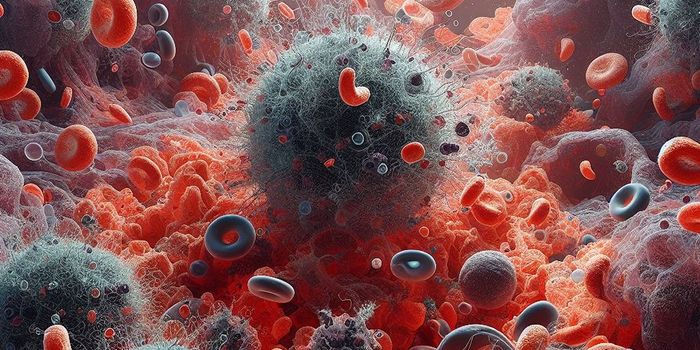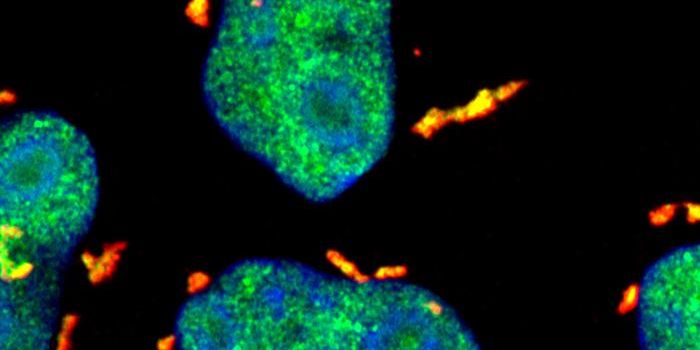The unpredictable progression of melanoma makes it one of the most deadly form of skin cancers. Now researchers say they’ve identified a mechanism behind how melanoma metastasizes. In particular, to migrate from the epidermis to the rest of the body, melanoma cells appear to send out
microRNA-containing vesicles to prep tissues for the cancer’s incoming assault. Knowing this mechanism could open the door for possible new drug targets for this disease.

Melanoma is a deadly form of skin cancer caused by ultraviolet radiation damages to the skin cells. According to the World Health Organization, between 2 and 3 million people worldwide have skin cancer. And of that, about 132,000 people have melanoma. The incidence of skin cancer is only rising, as experts believe the depletion of the ozone layer will result in an additional 300,000 new cases every year.
"The threat of melanoma is not in the initial tumor that appears on the skin, but rather in its metastasis -- in the tumor cells sent off to colonize in vital organs like the brain, lungs, liver and bones," said Carmit Levy, senior research author and professor the Department of Human Molecular Genetics and Biochemistry at Tel Aviv. "We have discovered how the cancer spreads to distant organs and found ways to stop the process before the metastatic stage."
Melanoma first attacks the epidermis of the skin – the outermost layer that protects us against the environment. But how does the cancer spread to other parts of the body when the epidermis contains no blood vessels?
To answer this question, the team dissected the nitty gritty details of skin morphology starting at the earliest stage of cancer. "We looked at samples of early melanoma, before the invasive stage," said Levy. "To our surprise we found changes in the morphology of the dermis -- the inner layer of the skin -- that had never before been reported. Our next task was to find out what these changes were, and how they related to melanoma."
Upon further investigation, they found the melanoma cells were cunning enough to prep the other tissues for its subsequent attack. "We found that even before the cancer itself invades the dermis, it sends out tiny vesicles containing molecules of microRNA," Dr. Levy said. "These induce the morphological changes in the dermis in preparation for receiving and transporting the cancer cells. It then became clear to us that by blocking the vesicles, we might be able to stop the disease altogether."
Indeed, when the team then found two chemicals that fit the bill. One chemical (SB202190) blocked the melanoma from sending out microRNA vesicles, while another (U0126) blocked the effects of the vesicles in the dermis. So far, lab experiments show promise for the individual drug candidates. However, it could still be years before these compounds enter clinical trials for human treatment.
"Our study is an important step on the road to a full remedy for the deadliest skin cancer," said Dr. Levy. "We hope that our findings will help turn melanoma into a nonthreatening, easily curable disease."
Additional source:
Tel Aviv University


















































